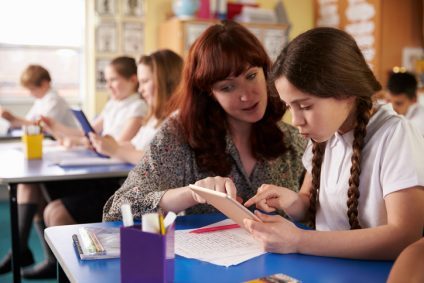
Now that the dust from the digital ‘Momo challenge’ hoax has finally settled, ANME member Austen Puleston considers the role of schools in educating children about fake news, and what systems and processes should be utilised in doing so
‘Fake news’ used to be limited to the kind of satirical tradition upheld by websites such as The Onion. However, social media has become a petri-dish on which the spread of false information, misleading articles and outright lies has bloomed.
Tackling the problem is simultaneously simple and very difficult. Fake news is shared for one of two reasons:
- the person doing the sharing is unaware that it’s false or misleading; or
- they know that it’s false or misleading, but share it as they agree with its message, or it suits a narrative that they want to share.
It’s not really the role of schools to combat the latter, but there’s a considerable amount that schools can do about the former – and, as always with problems like this, it starts with awareness.
Increasing awareness
We need students to start by understanding that, just because it’s on the internet, it doesn’t make it true. We can ask them, “How do you know if it’s true?” and present them with some examples to discuss. Some of the methods they may come up with could include:
- What’s the source? Is it reliable?
- Does the example cite any evidence of its claims?
- Check the date of the article – is it old news that’s been shared recently?
- Check for second/third sources that corroborate the example.
- Is the writing biased – does it give undue weight to a particular position?
Avenues to explore
Some examples of fake news are entirely made up and it’s often possible to find conclusive evidence of this with a bit of investigation. Other examples are a little more nuanced and it’s crucial that we explore these too.
Theresa May recently stated that the government was putting a ‘record level of funding’ into schools in England. This claim has been repeated by the government many times over the past several years and it’s explored by Full Fact here. This is a different example where a statement that is true (the government is putting a ‘record level of funding’ into schools) but has been used to imply something that is false (schools are better funded now than they ever have been before).
Prepare several examples of different types of potential fake news that you can discuss with your students. These might be reports of missiles being fired in the Middle East, reports that a celebrity has died, tweets, Facebook posts, news articles. Explore what fake news is and then get them to investigate the examples.
The skills required to identify fake news are essential. If our students are able to approach claims and news online with a more critical mindset – and possess some tools to help them assess the information in front of them – it stands all of us in better stead for tackling some of the issues we may face over the next several decades.


Be the first to comment